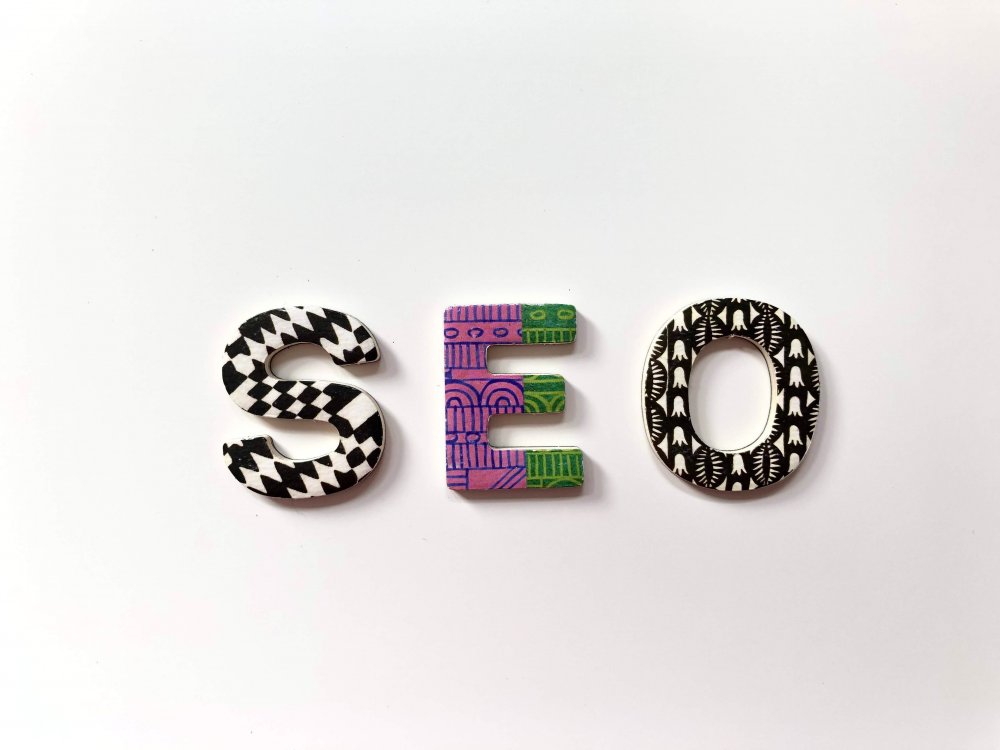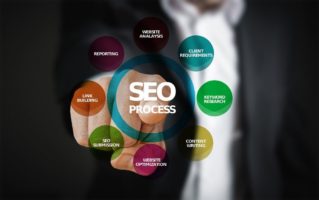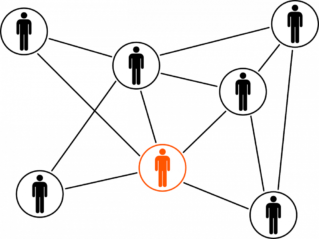As the name suggests, user experience considers how easy your website is to access. Plus how enjoyable it is to spend time on.
When user experience is on-point, a website feels seamless to load and browse. Everything works as it should, and it’s super easy to do what you came for, whether that’s to find more information or purchase a product. At no point do you feel hindered in your mission. In fact, you hang around for more.
So how exactly does user experience affect SEO? If your website is poorly designed or maintained, it likely has an equally poor user experience. We know search engines prefer websites that users also prefer, and user experience is central to this.
Here are some of the aspects that are most likely to be affected by user experience, especially if your website isn’t meeting its expectations in the eyes of your visitors.
H2: Bounce rate
Bounce rate = Users who immediately leave your website after landing on it.
When on a trampoline, bouncing might seem like a good thing. But when someone lands on your website, the last thing you want is for them to immediately click off – aka ‘bounce’ away.
Most hosting providers will give you a rundown of your bounce rate, which is given as a percentage. SEO experts widely agree that a bounce rate of 40% or less is considered good. Although, the lower the figure the better.
Any website with a high bounce rate can suffer a drop in SEO page rankings because all these hasty exits signal to search engines your page does not offer a helpful result.
Even if you’re unfamiliar with bounce rate, you surely know what makes for a frustrating website experience. Glitchy pages, typefaces that are difficult to read, annoying pop-ups, etc. If in doubt ask for professional advice, or try a heat mapping tool to see where users are ending their journeys on your site.
If you have SEO software such as Eye10, you’ll also find plenty of hints based on your website’s data too.
H2: Page dwell time
With all the effort involved in getting people onto your website, the last thing you’d want is for them to only spend a short amount of time there. Beyond an immediate exit (bounce rate), the overall length of time users spend on your website per session also matters.
To improve page dwell time, a great place to start is with your content, i.e. making sure there is enough of it, and that it’s engaging enough to keep people on the page.
Search engines dislike pages with less than 150 words of content. While all page types differ, if there’s the ability to write closer to 1,000-4,000 words per page, this will allow you to cover your topics in great detail. Text boxes can also be minimized to reduce the page length so that you achieve the perfect balance between SEO friendliness and user-friendliness.
Don’t forget to add in plenty of internal links too, which will direct users to the next logical place instead of clicking off thinking they are done.
H2: Conversions
The very point of having a website is to achieve some kind of aim. Whether this is page views that generate ad revenue, direct sales, or encouraging prospect messages for your business.
The quality of your website’s user experience is what stands in the way of achieving your conversions, whatever they happen to look like.
With any decent SEO strategy, all relevant keywords are researched and placed into your content. But consider that even the best content in the world can’t make up for a poor user experience once on your website.
On the contrary, SEO can and indeed should be used to facilitate conversions. But everything starts with getting your website to be as user-friendly as possible, so that all your SEO efforts such as content and backlinks neatly slide into place.
H2: Overall user satisfaction
When it comes down to it, what kind of experience do you want your users to have while they are on your website?
User experience considers every movement your users may make. This includes the journey they have to take between different pages. Plus, how easy it is to complete certain tasks such as filling out contact forms or ordering a product.
Every website is unique, although whatever the purpose of your website is, user experience is about making that aim as likely as possible to be achieved.
Websites that are difficult to navigate, seem confusing, or even look like a security risk just won’t cut it. Instead, all websites need to aim for the highest possible standards so that users don’t just stay, they return and even share your website with others.
We know that search engines also prefer websites they can easily crawl and index. So now is the time to remove outdated plugins and any other frustrations your website may have. Ultimately, if your competitors offer a better experience, this is where your customers are going to head to.
H2: Get ahead with your SEO with Eye10
User experience can be improved by addressing your on-page SEO as well as your technical SEO. Whether you’re looking to make changes to your existing website or redesign your website from scratch, user experience must be at the forefront of your strategy.
Of course, no SEO strategy is ever complete without SEO software! Eye10 is a simple, affordable SEO tool that’s designed for everyone. Starting at just $39 per month and available in 12 languages, Eye10 is here to help you achieve your website goals.
Use Eye10 to see where your pages currently rank, along with finding out about their technical performance. You can also compare the performance of your website with your competitors so that you can always stay ahead of the game. Try Eye10 today and get to work on your new and improved user experience. By removing glitches, complicated journeys, and anything else standing in the way of SEO success – your website can finally shine online.












